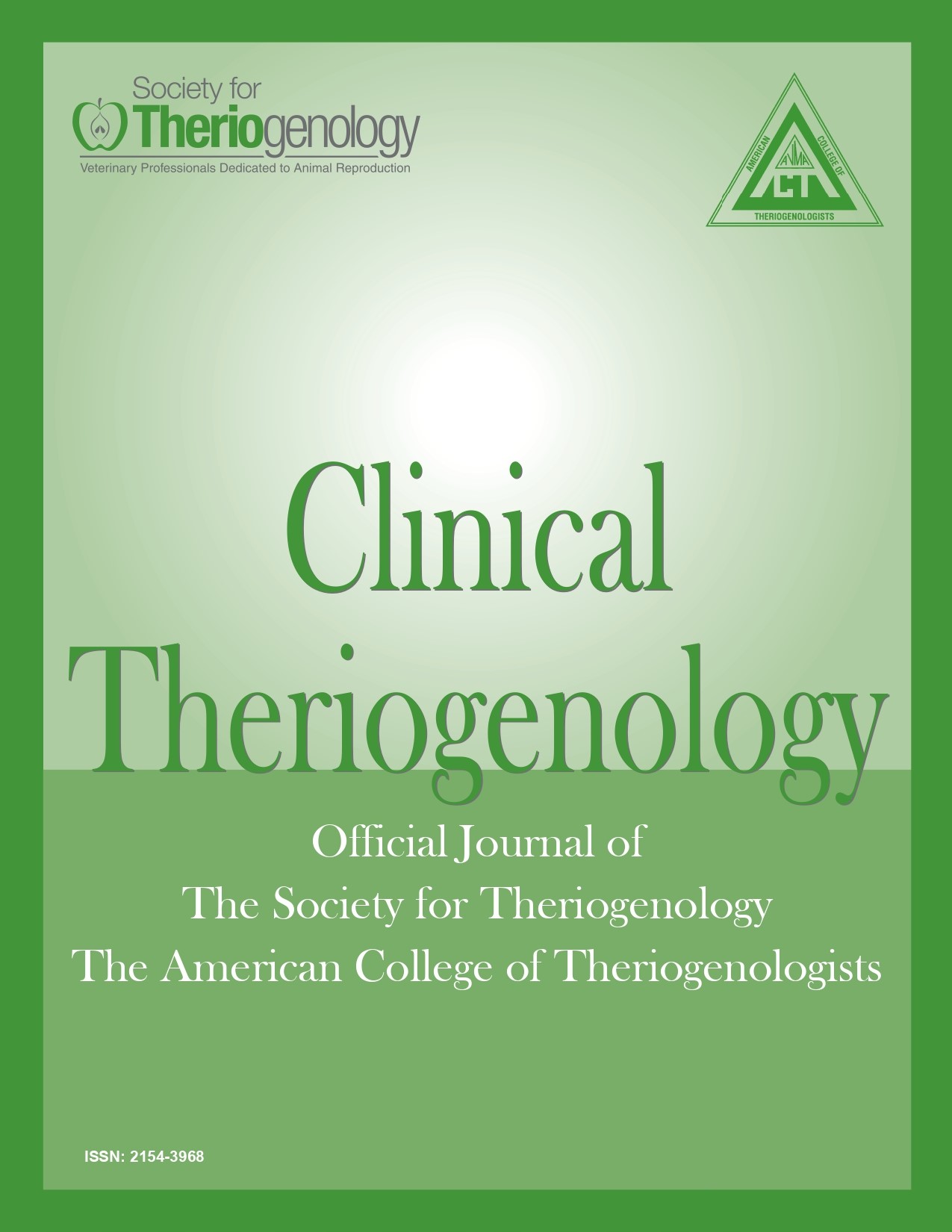Extracellular vesicles and assisted reproductive technology
Abstract
Research in biogenesis, composition, uptake, and functionality of extracellular vehicles (EVs) has dramatically expanded in recent decades. These lipid membrane bound particles secreted from all cells contain regulatory molecules (proteins, peptides, RNAs, DNA fragments, and lipids) that are transferred to target cells upon binding to the plasma membrane. Roles of EVs were studied in cell to cell communication, mediation of cancer development and immune response, as biomarkers for disease and potential drug delivery systems. More recently, studies were conducted to investigate roles of EVs in reproduction, ranging from gamete maturation, fertilization, and embryonic development to implantation. As such, potential use of EVs for assisted reproductive technologies (ART) has garnered substantial interest. Objectives of this review are to present current understanding of EVs in reproduction, with particular regard to recent research in understanding influence of reproductive cycles on EV production and cargo composition, and to discuss therapeutic potential of EVs in reproductive technologies, including cryopreservation and areas of research that remain to be explored for efficient application of EVs in ART.
Downloads

This work is licensed under a Creative Commons Attribution-NonCommercial 4.0 International License.
Authors retain copyright of their work, with first publication rights granted to Clinical Theriogenology. Read more about copyright and licensing here.







